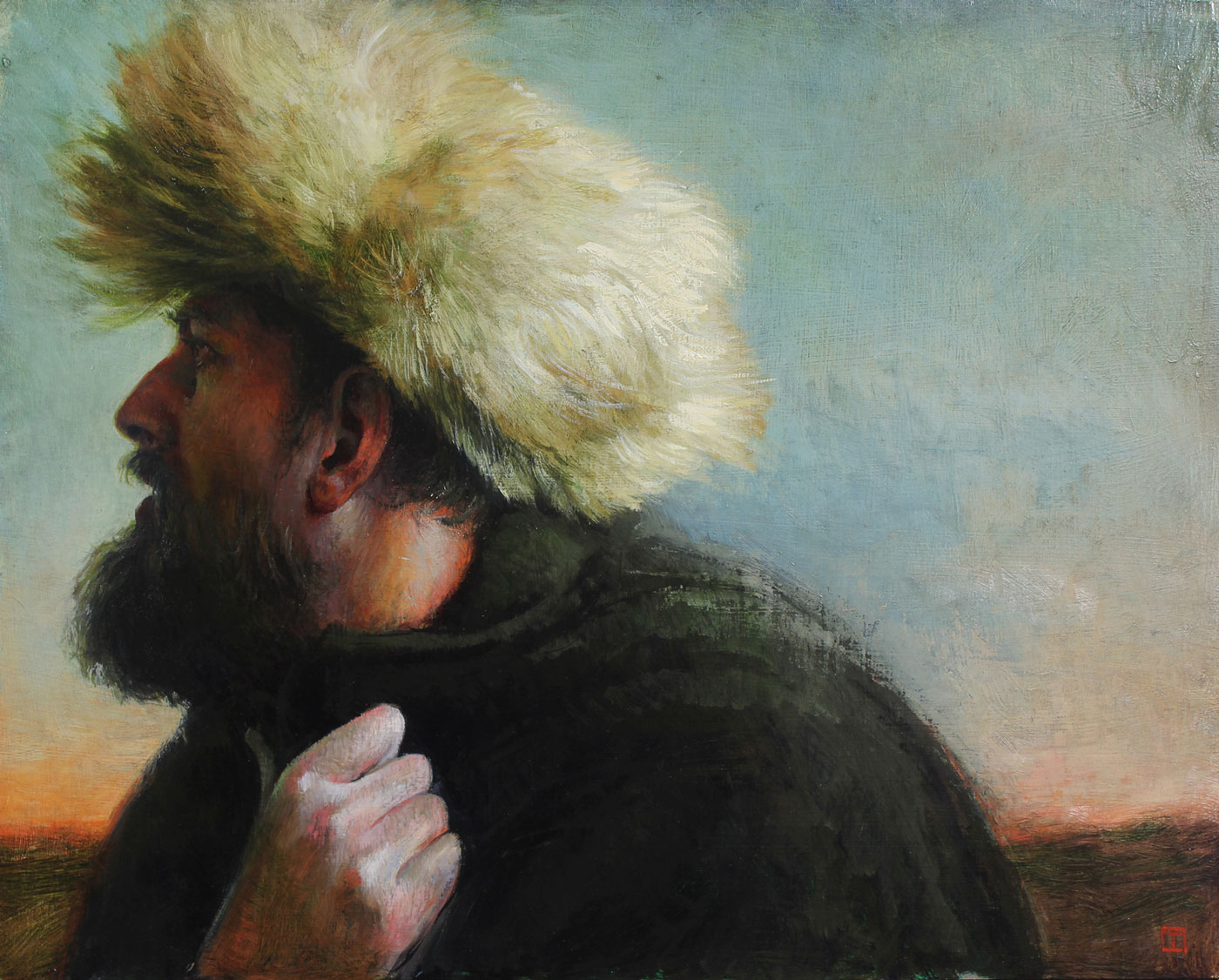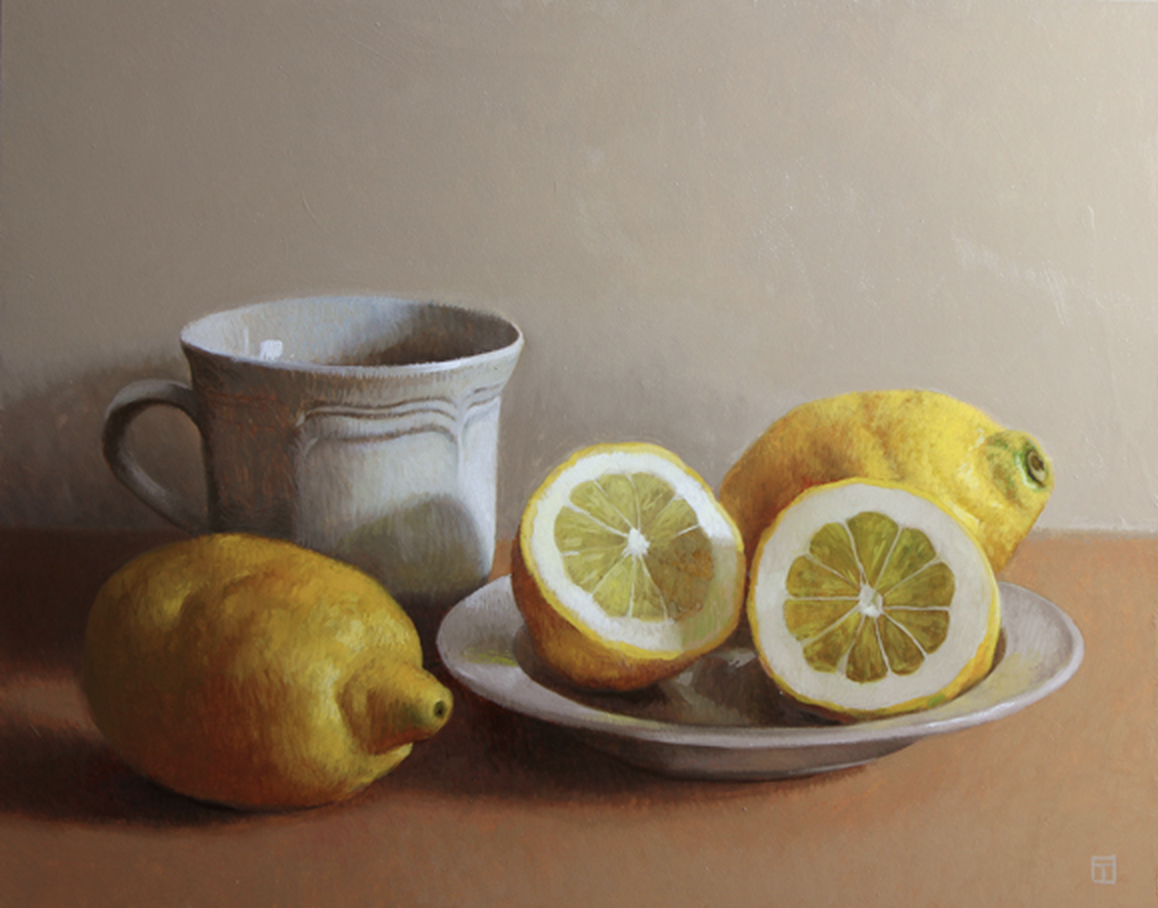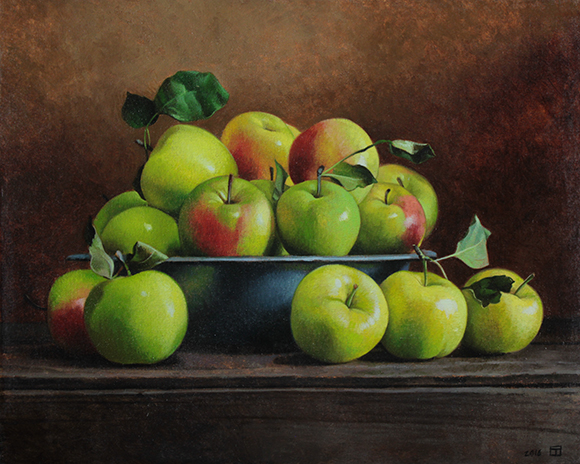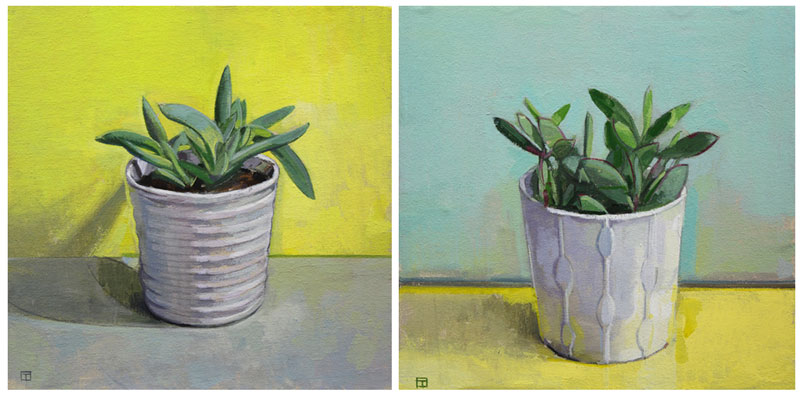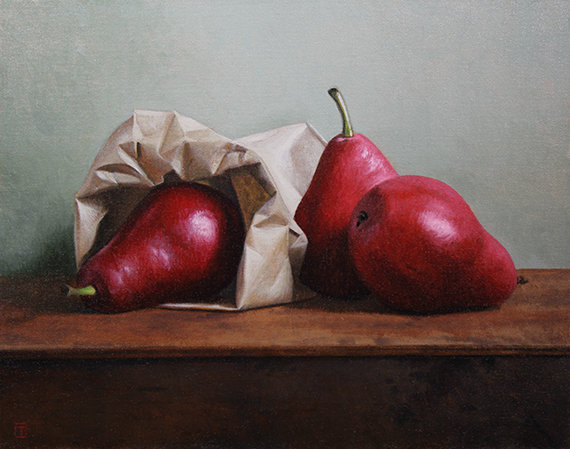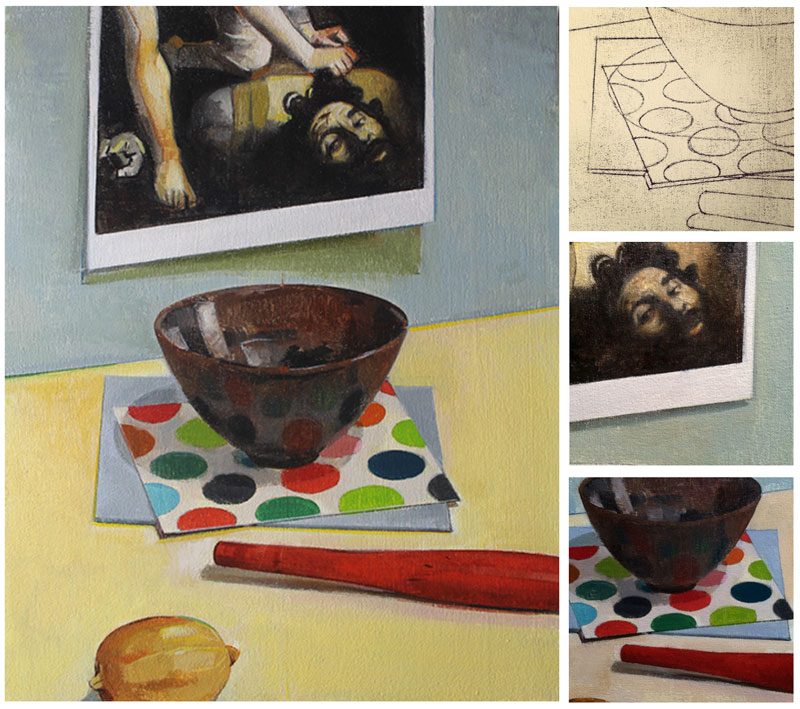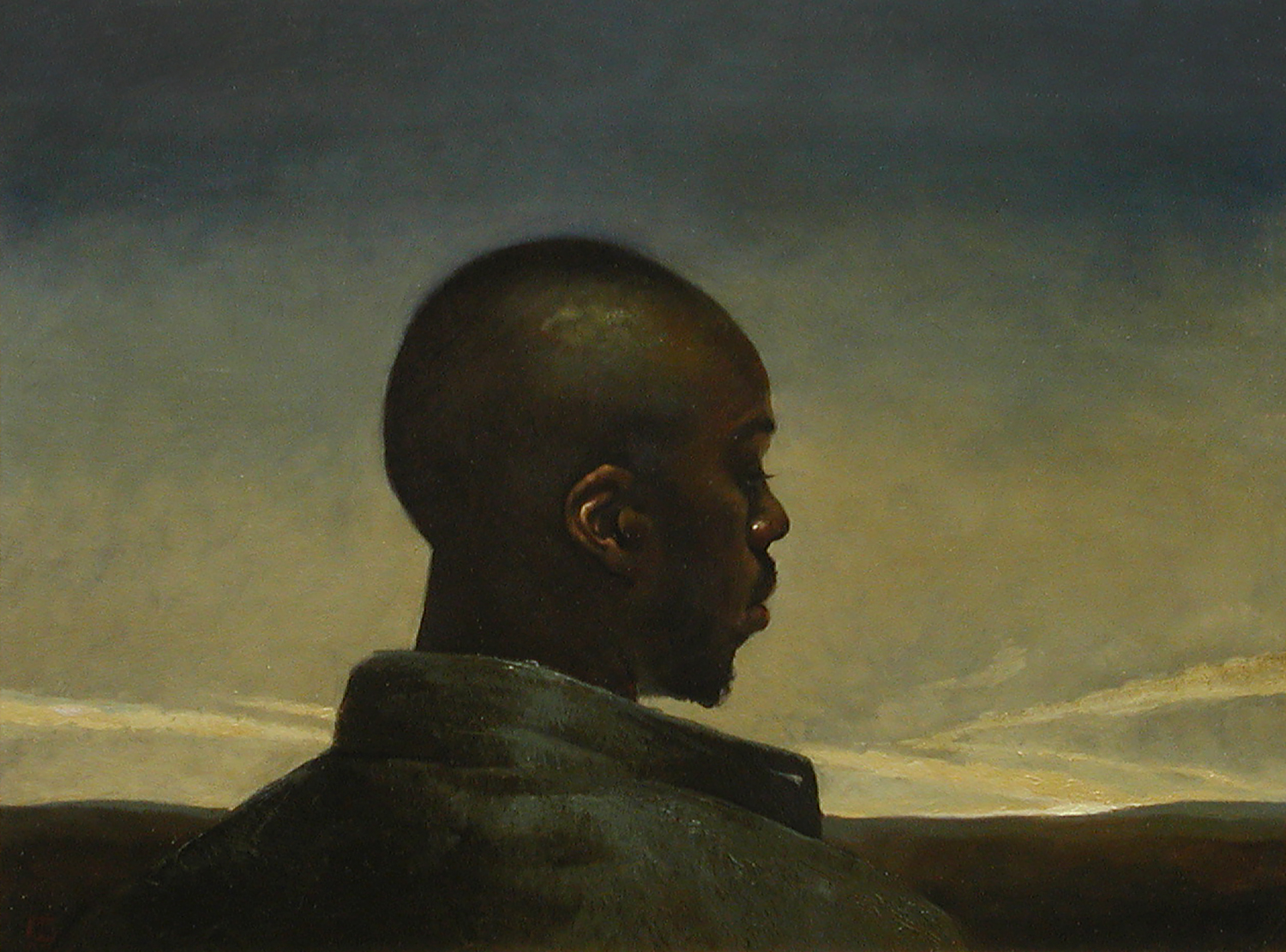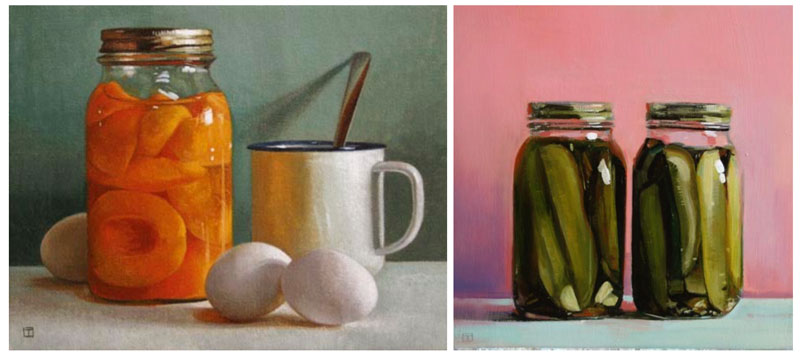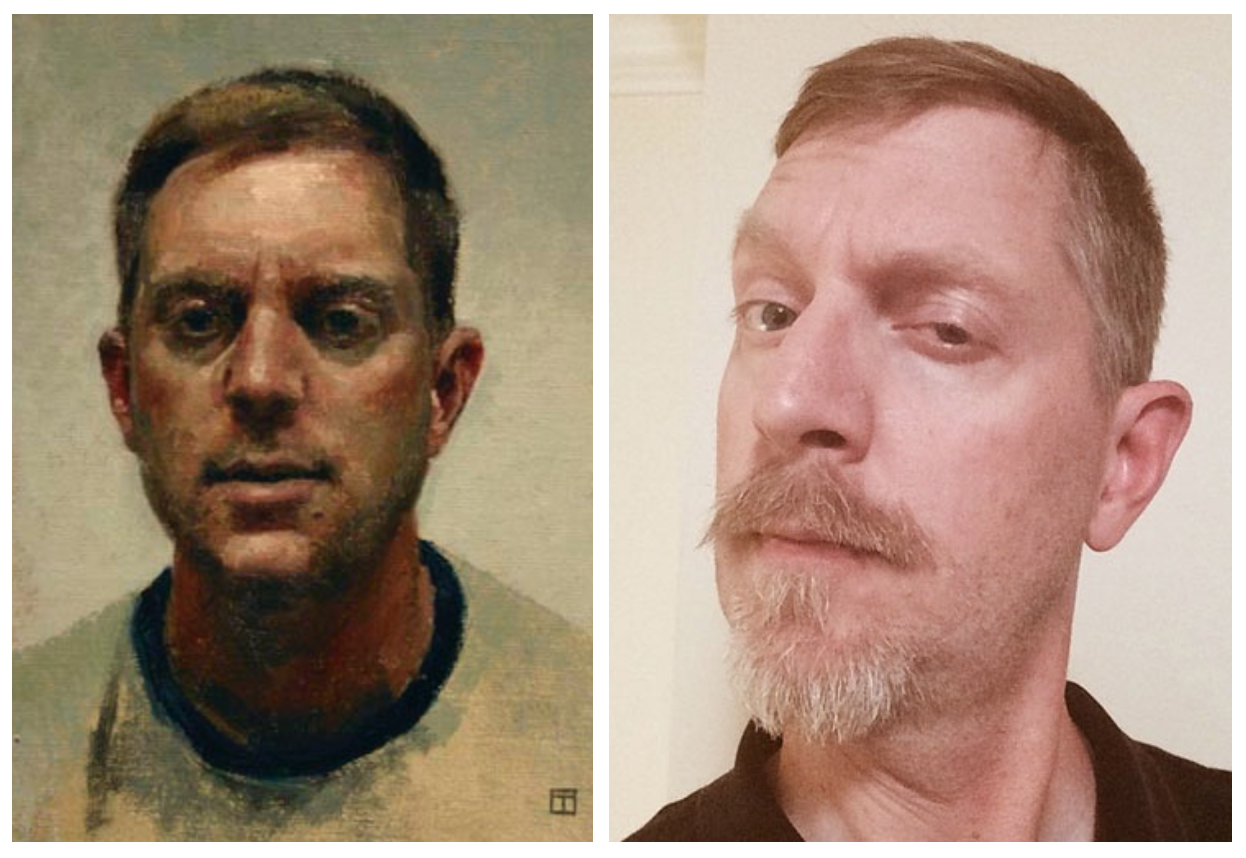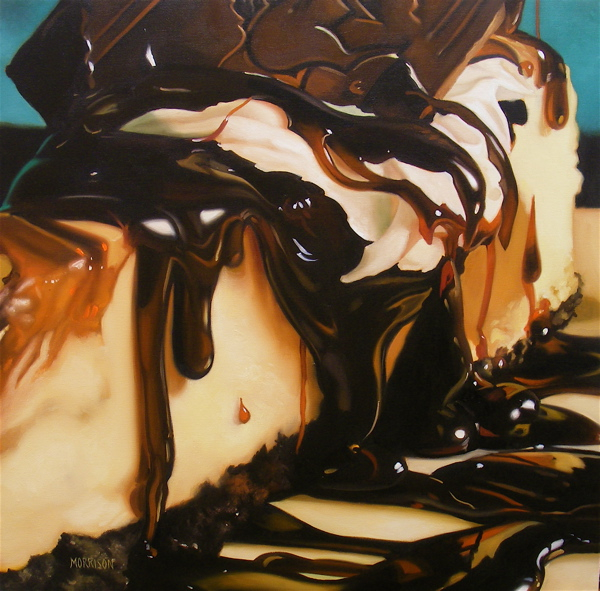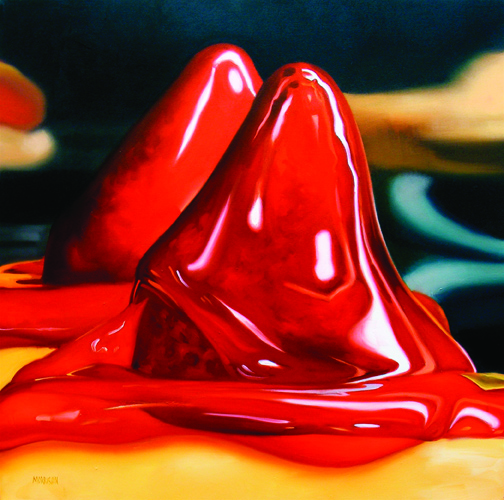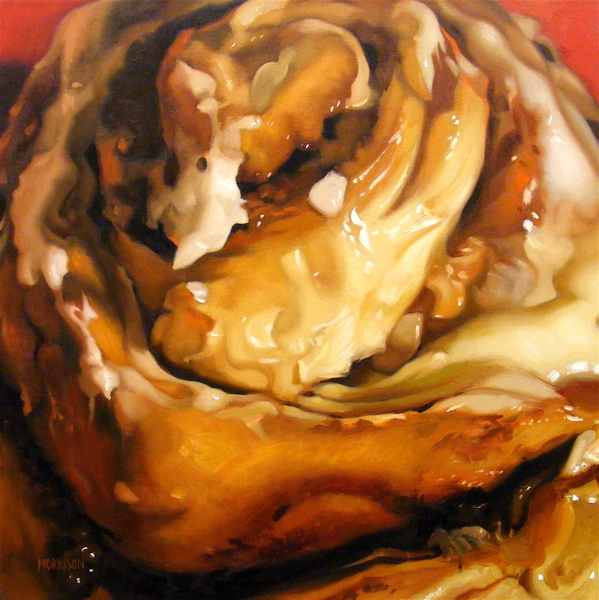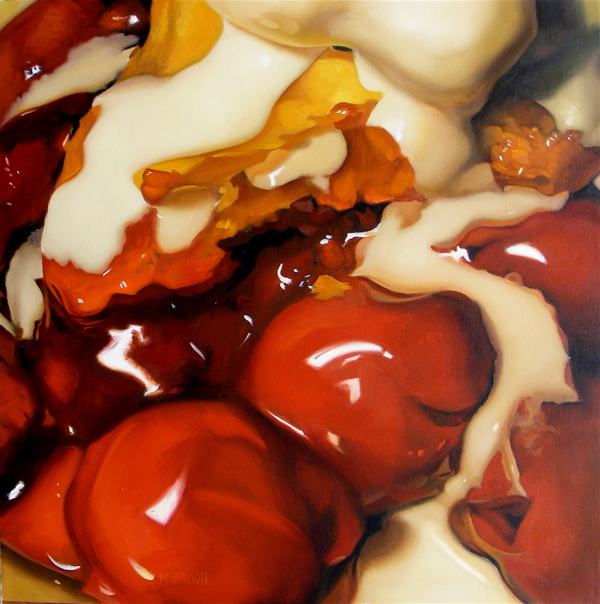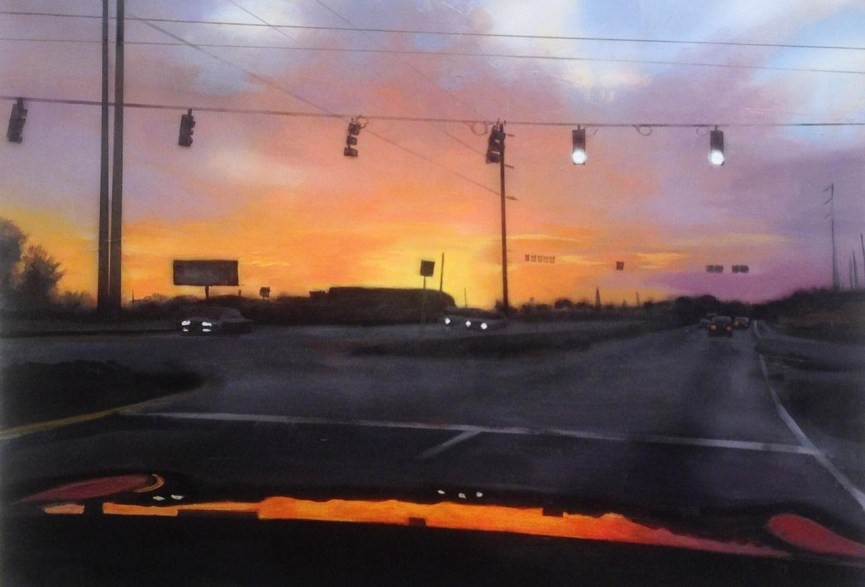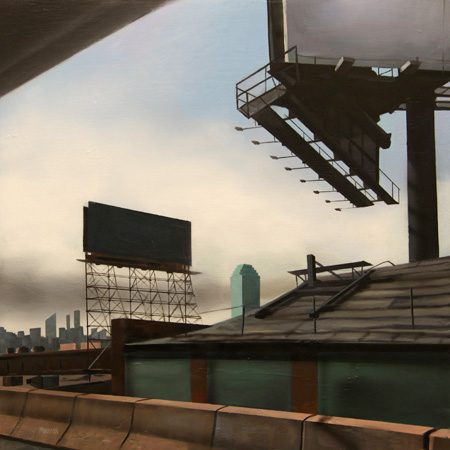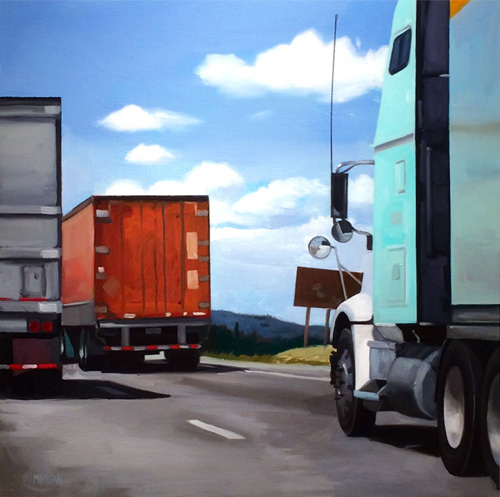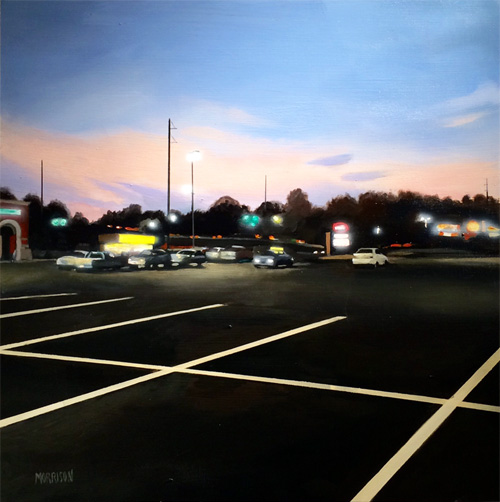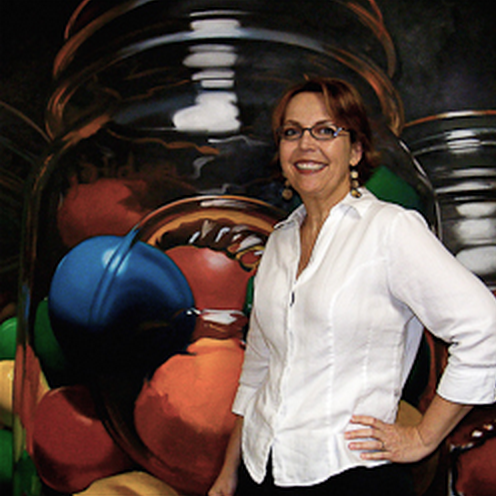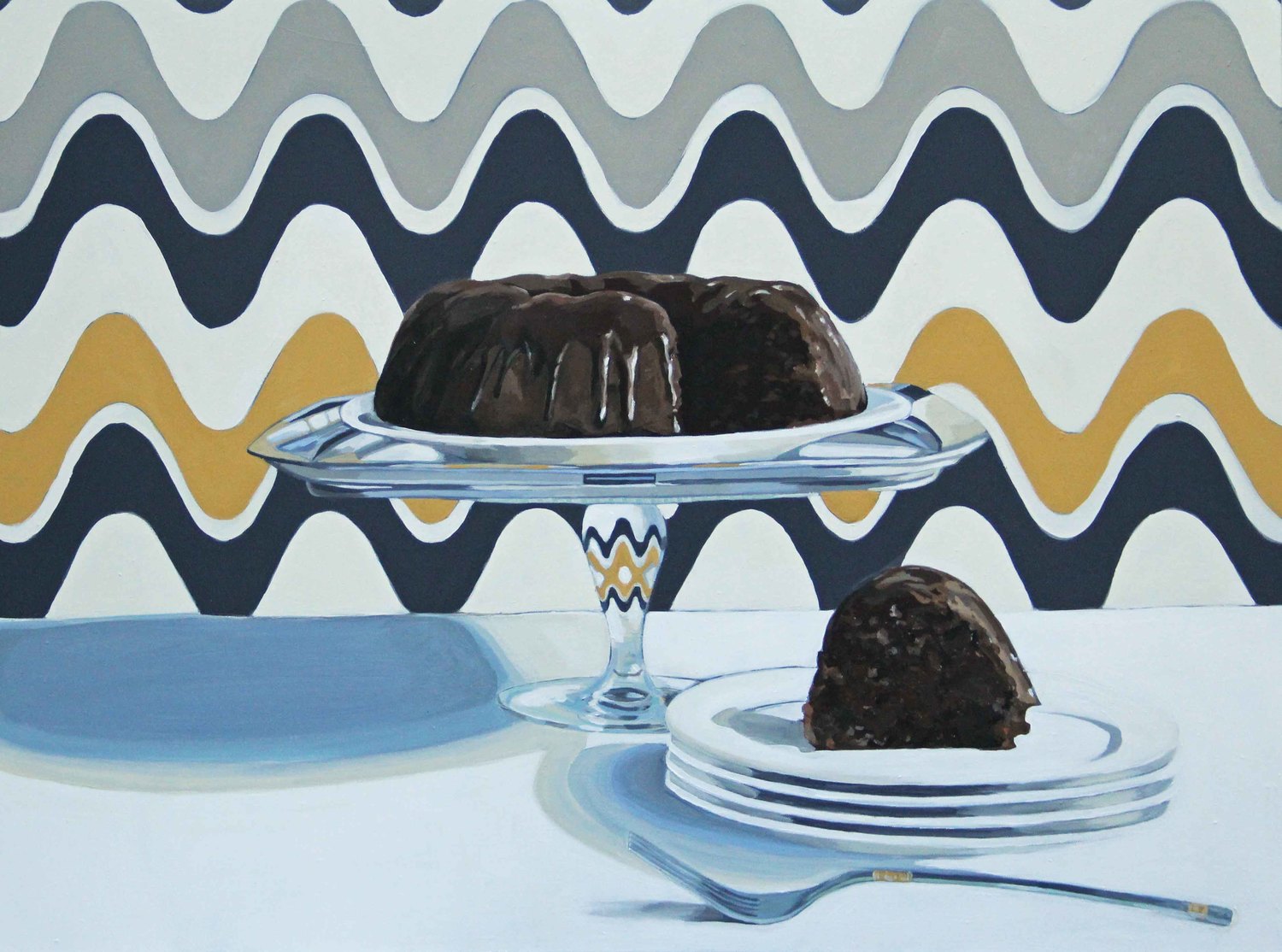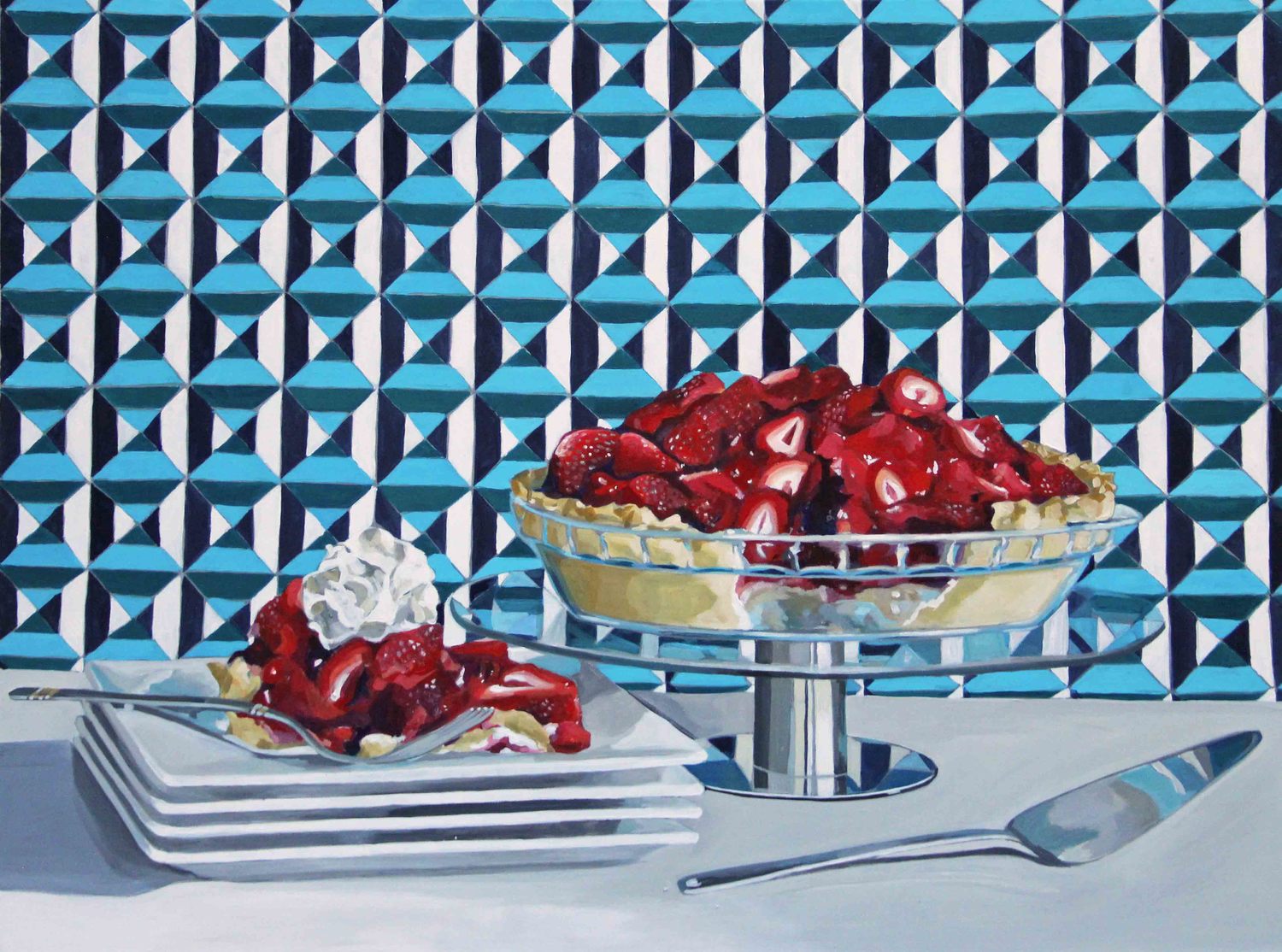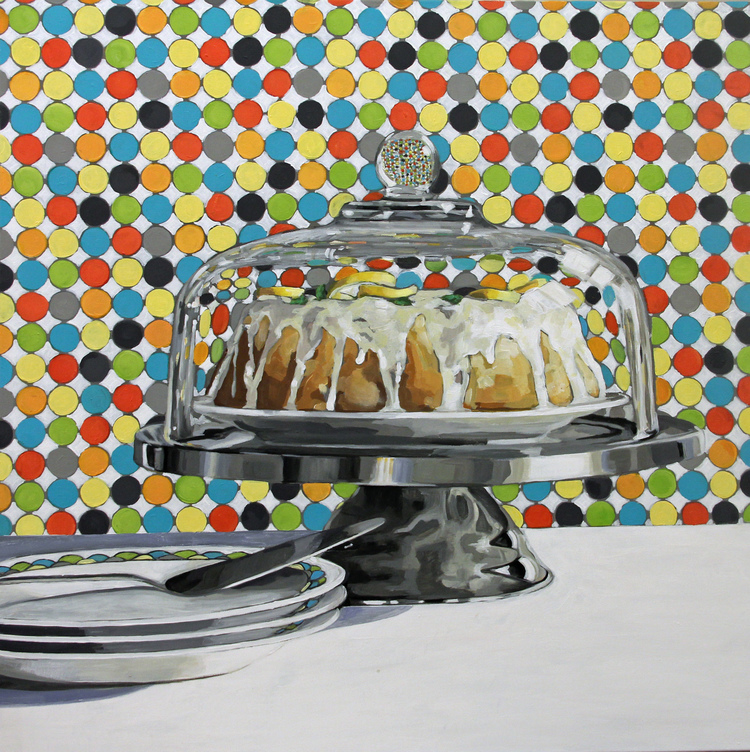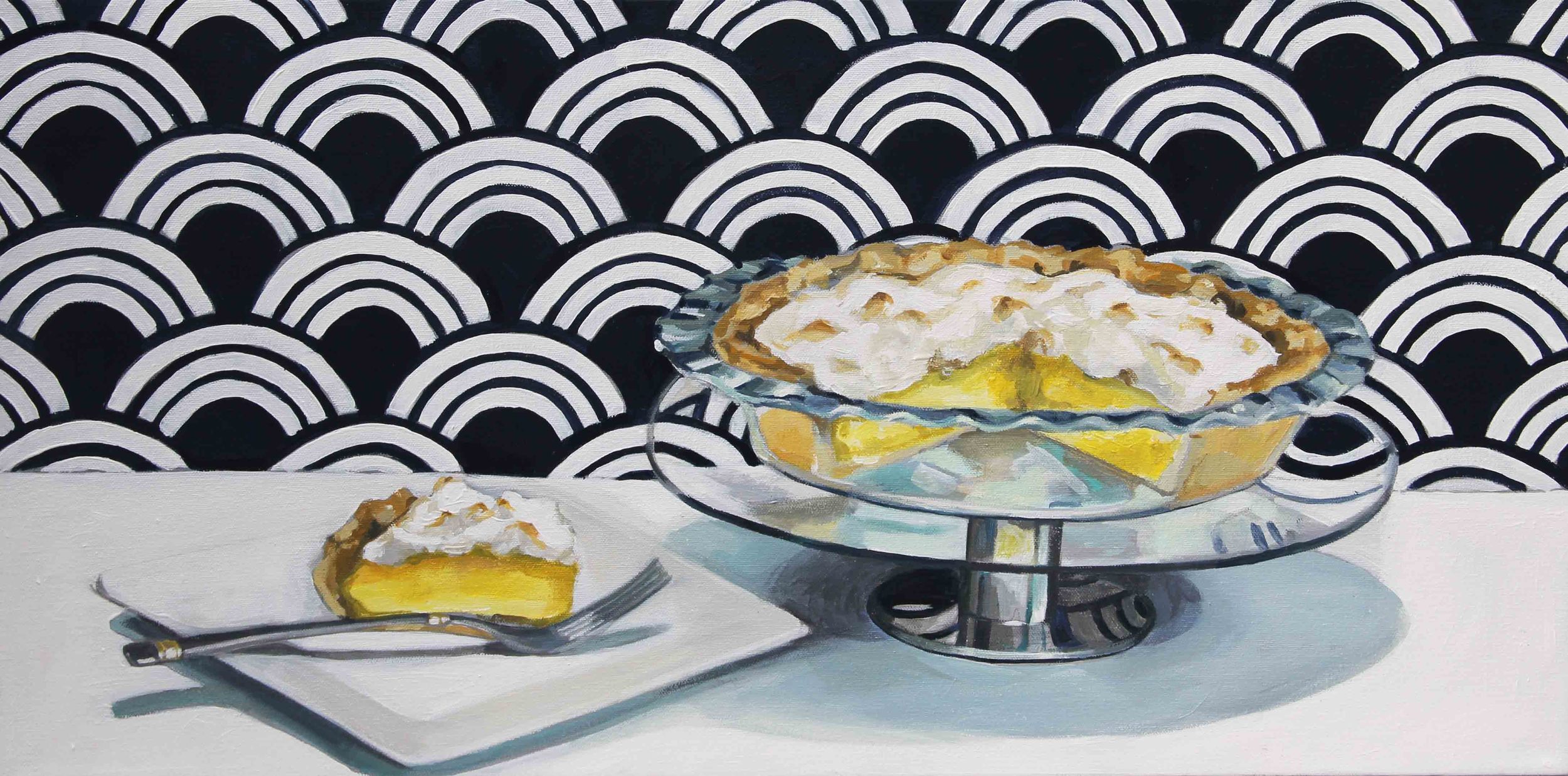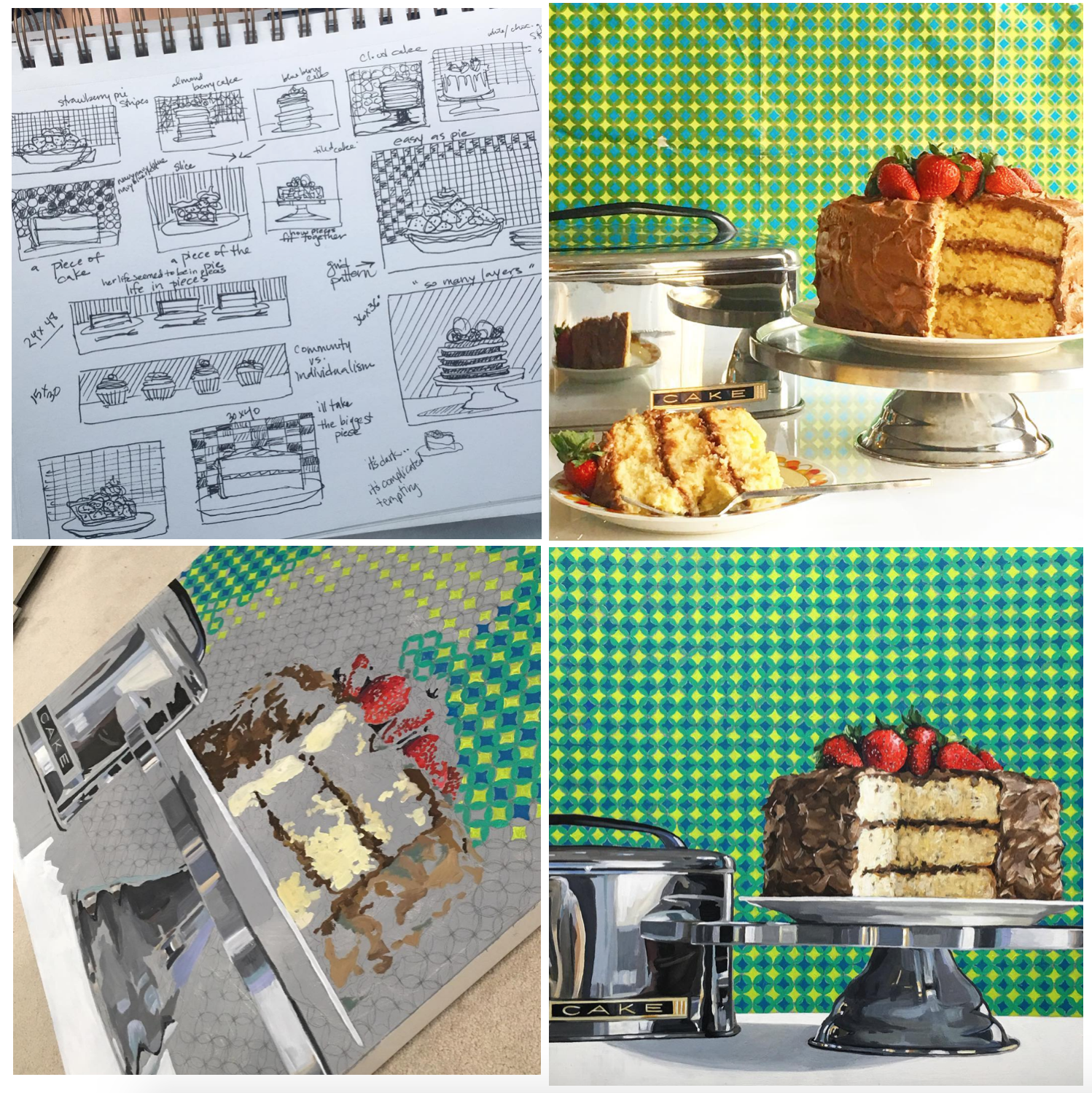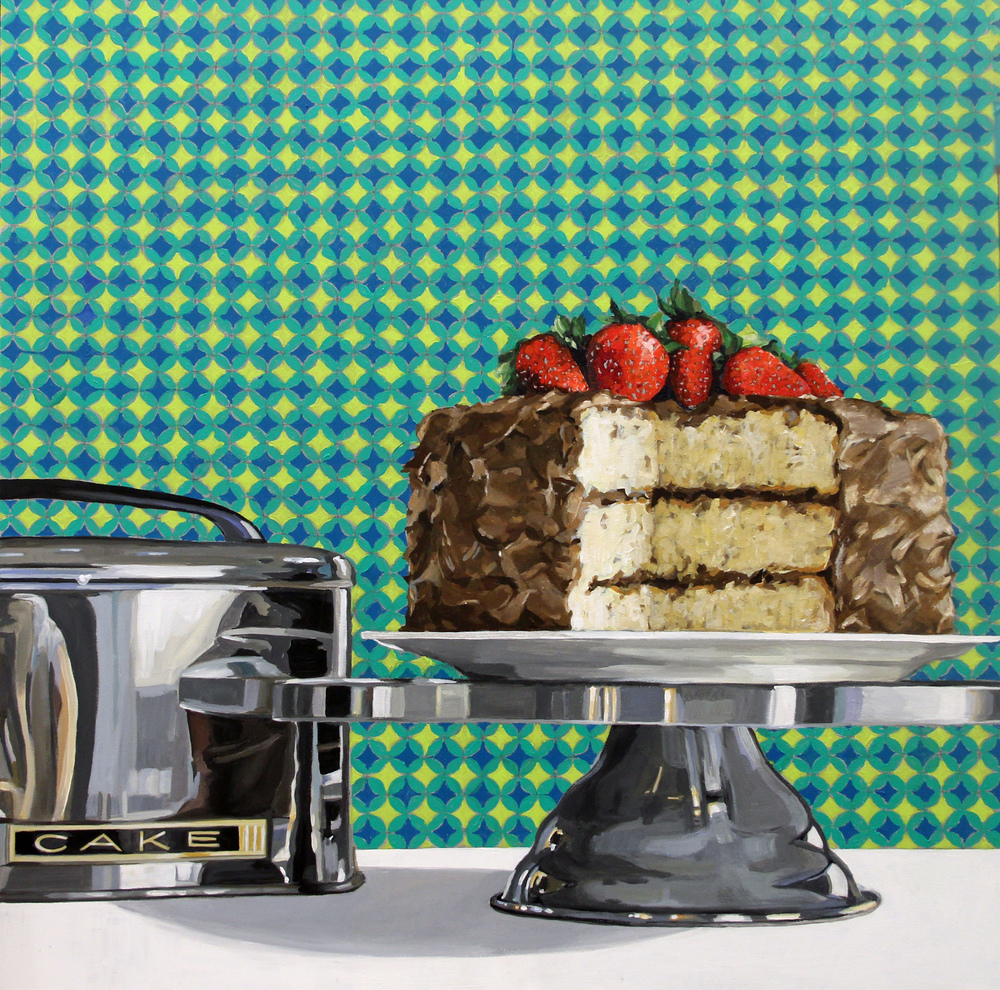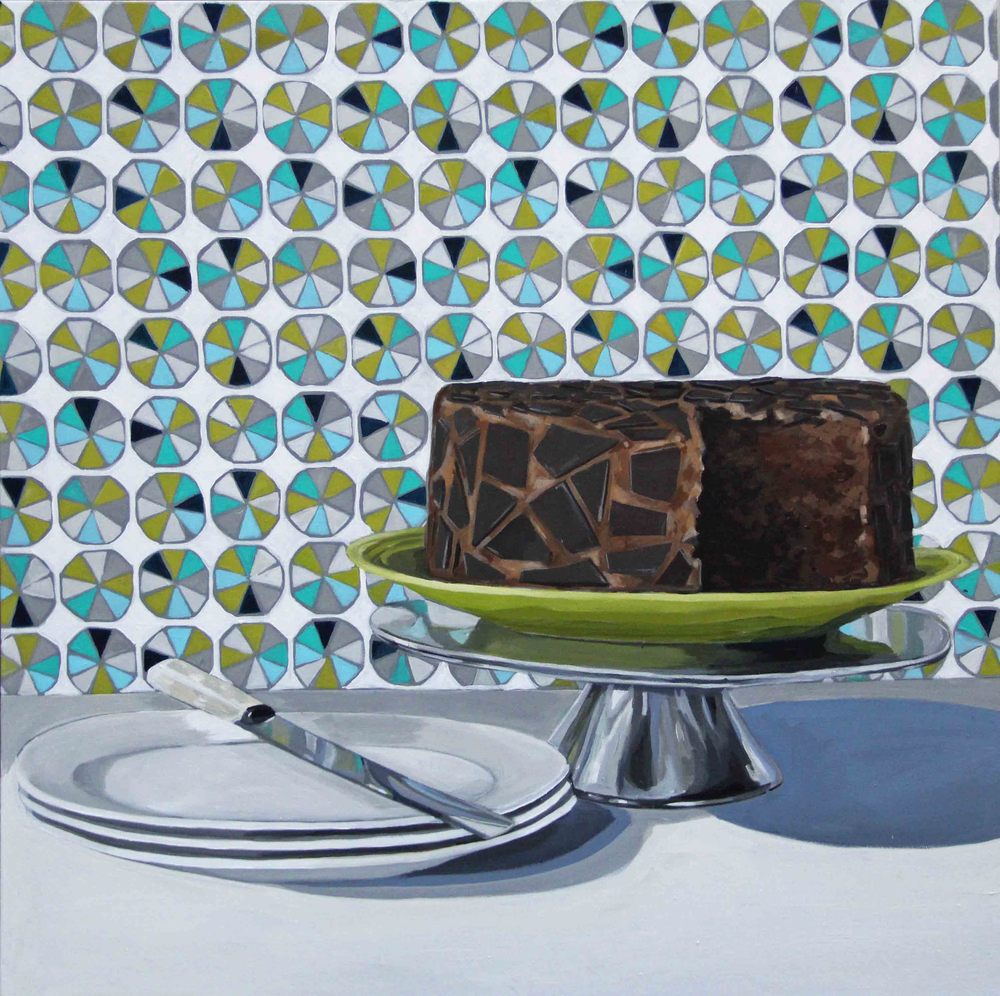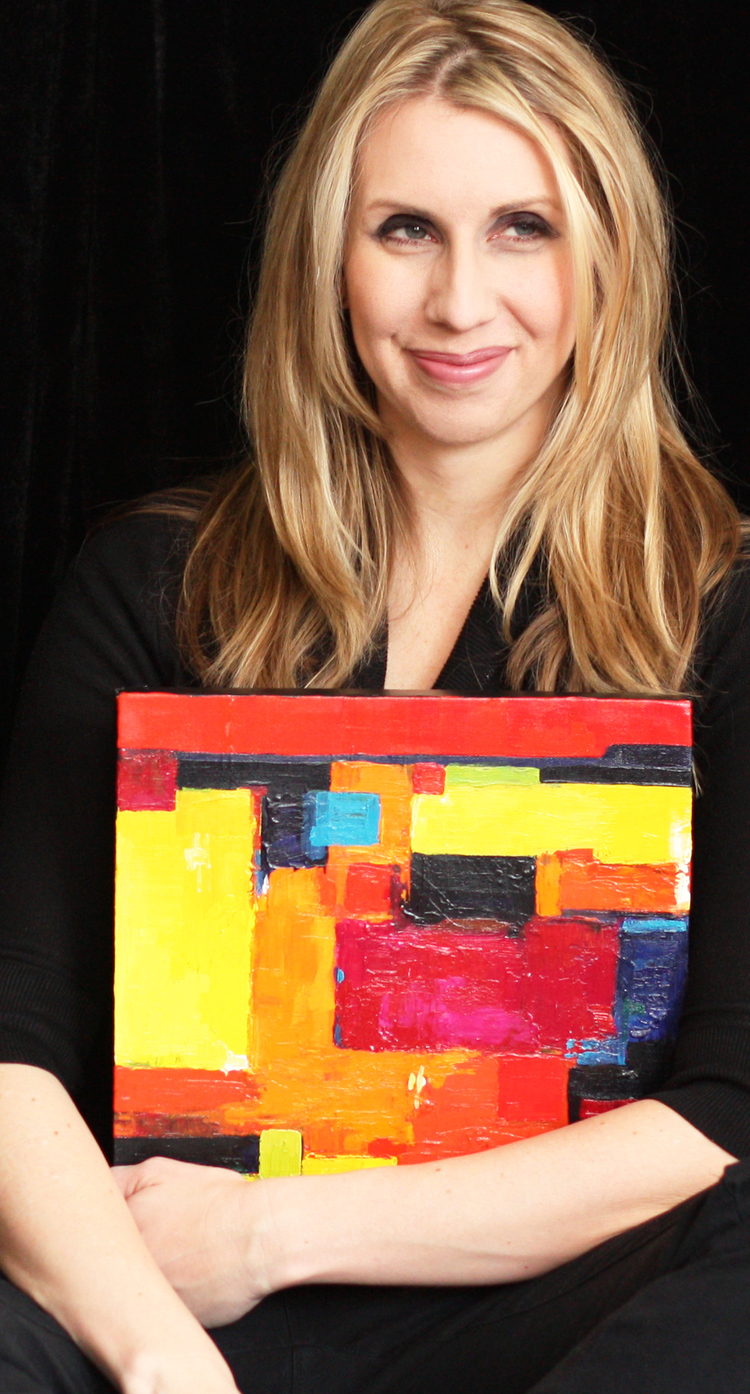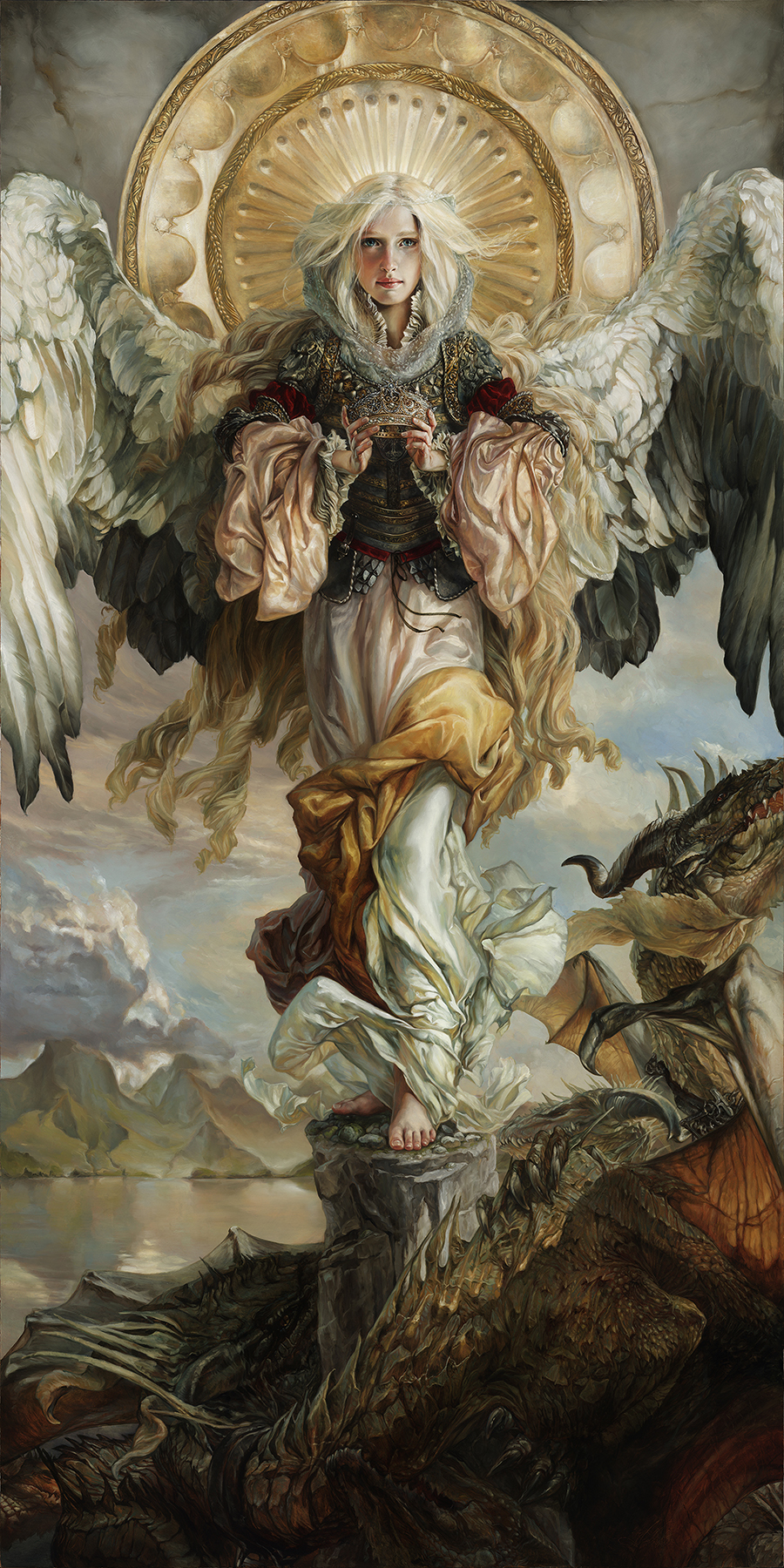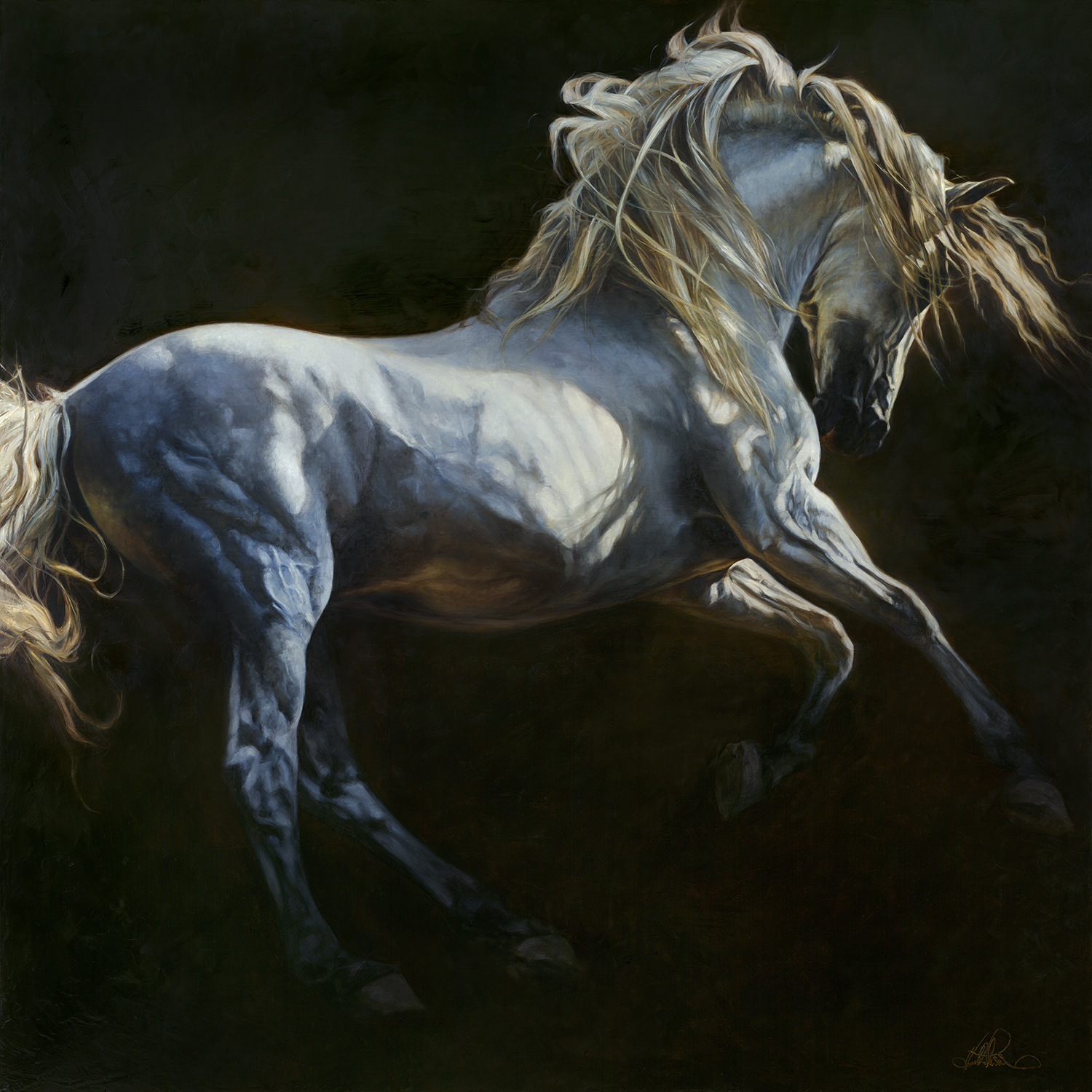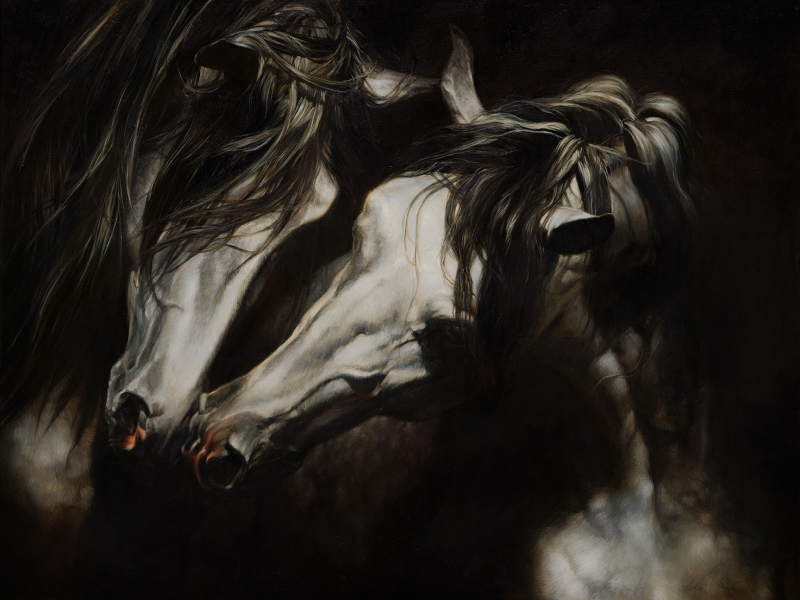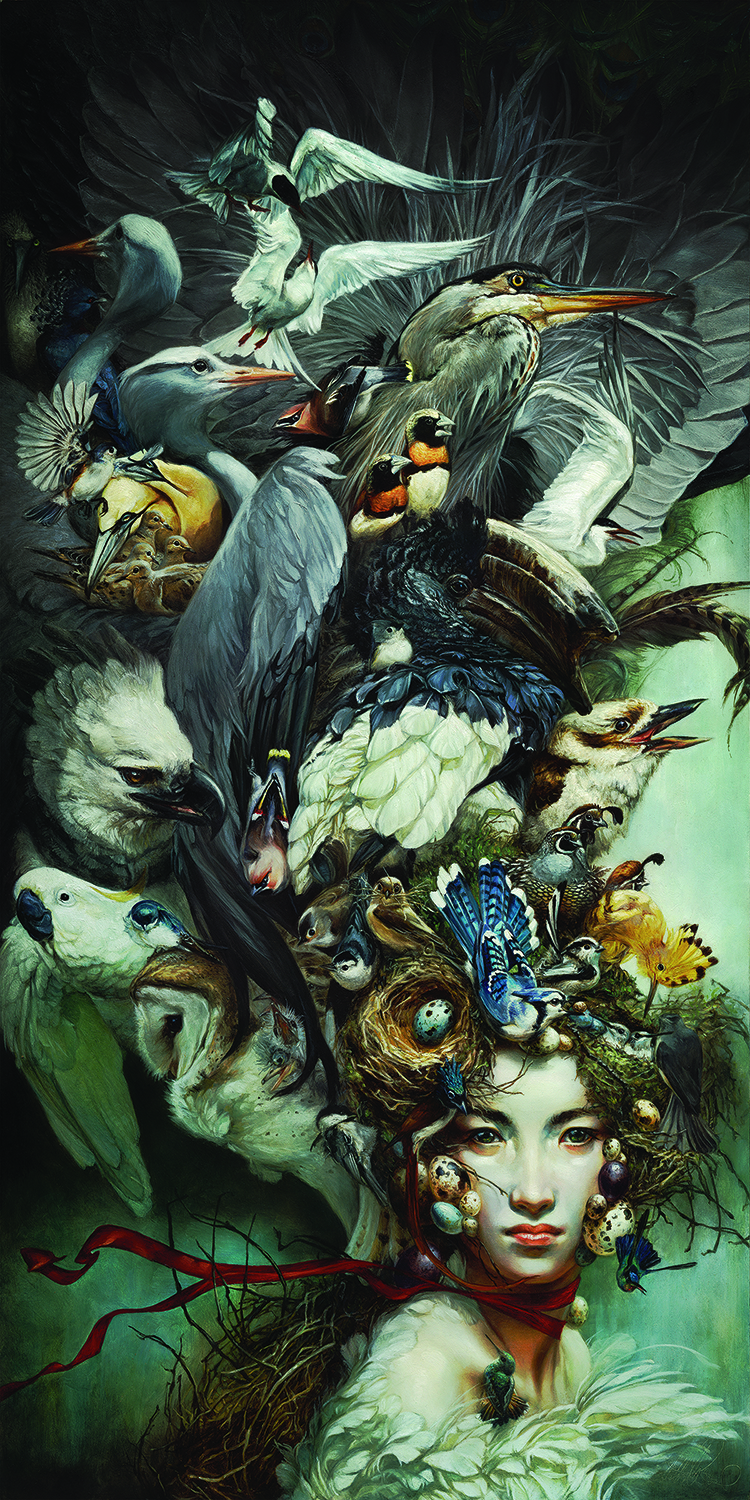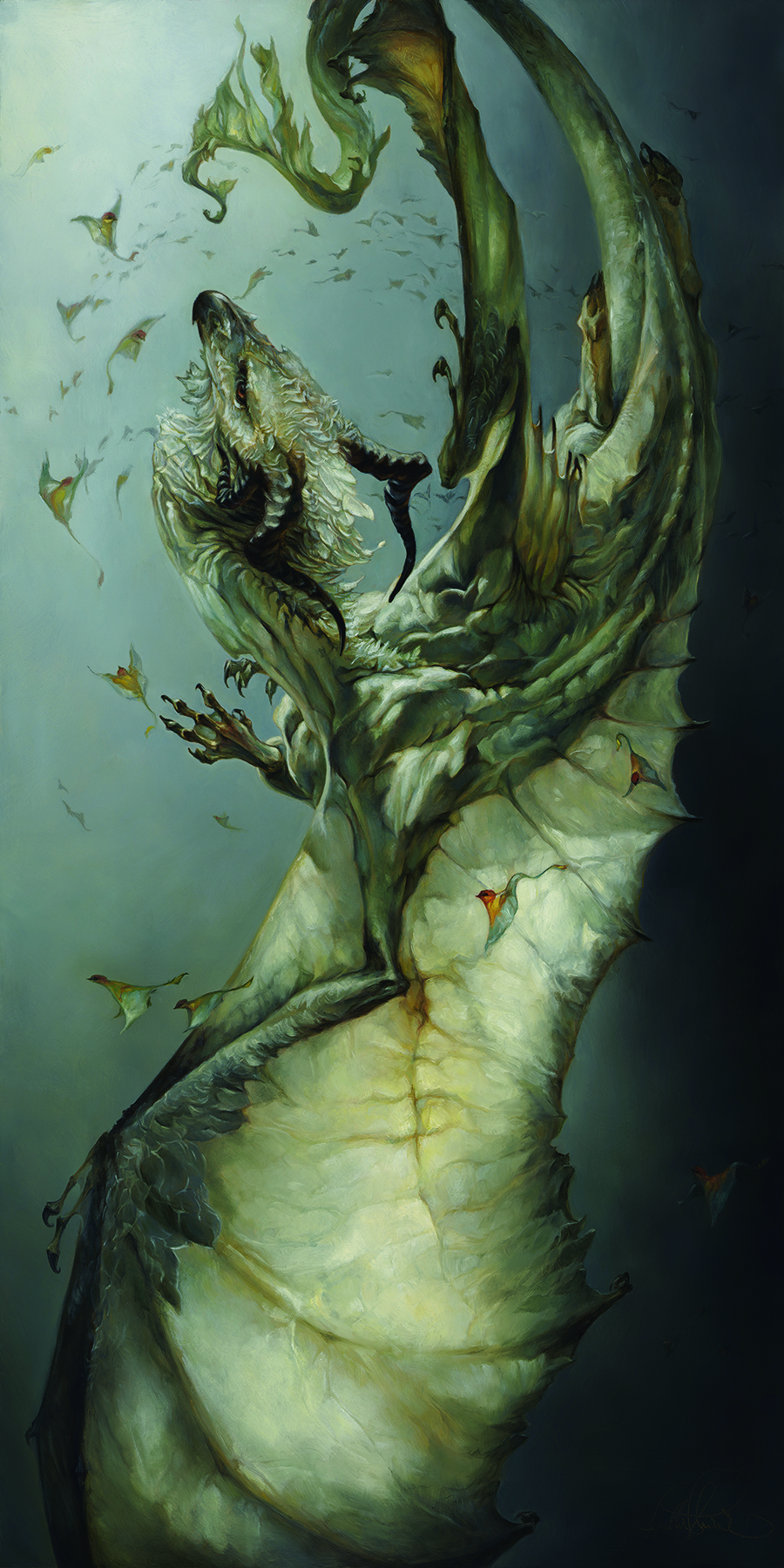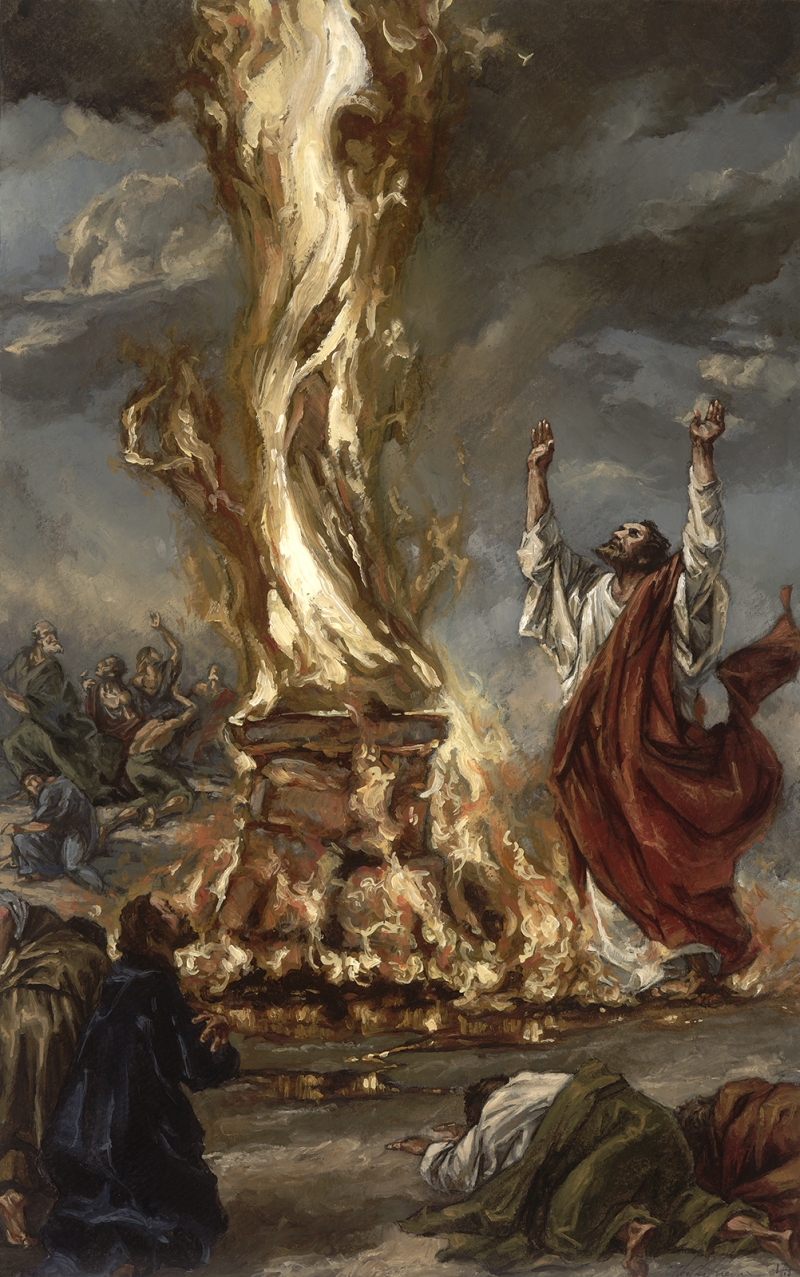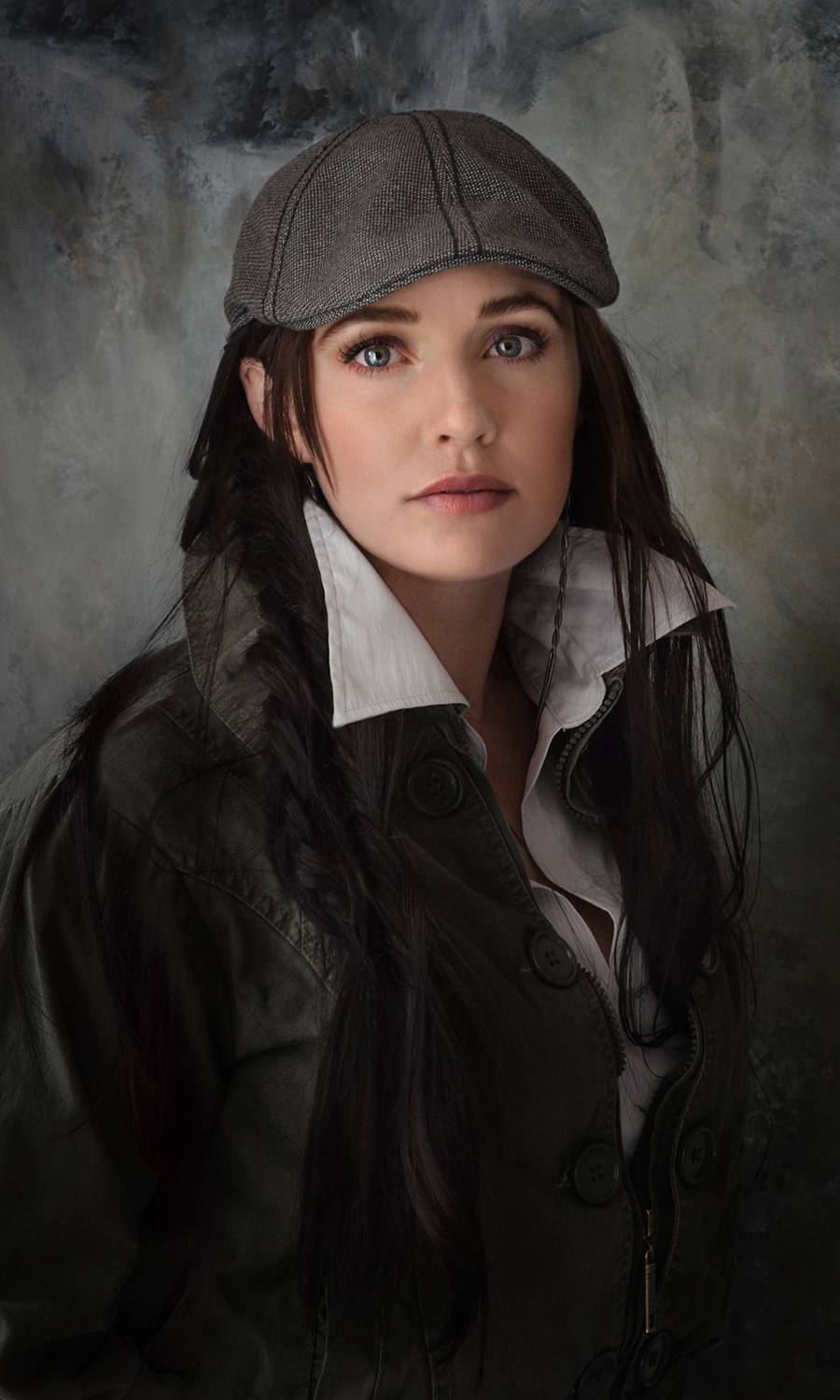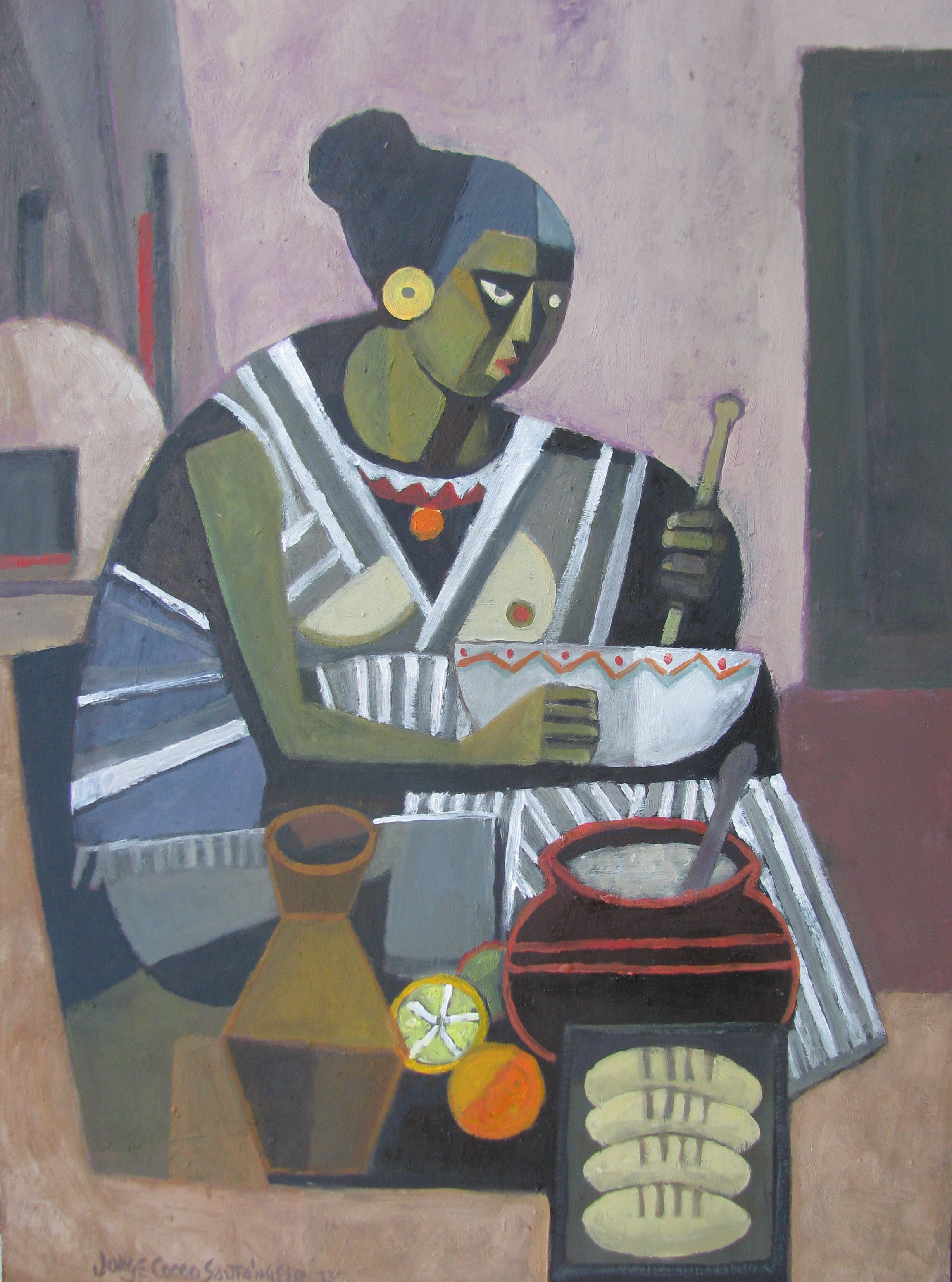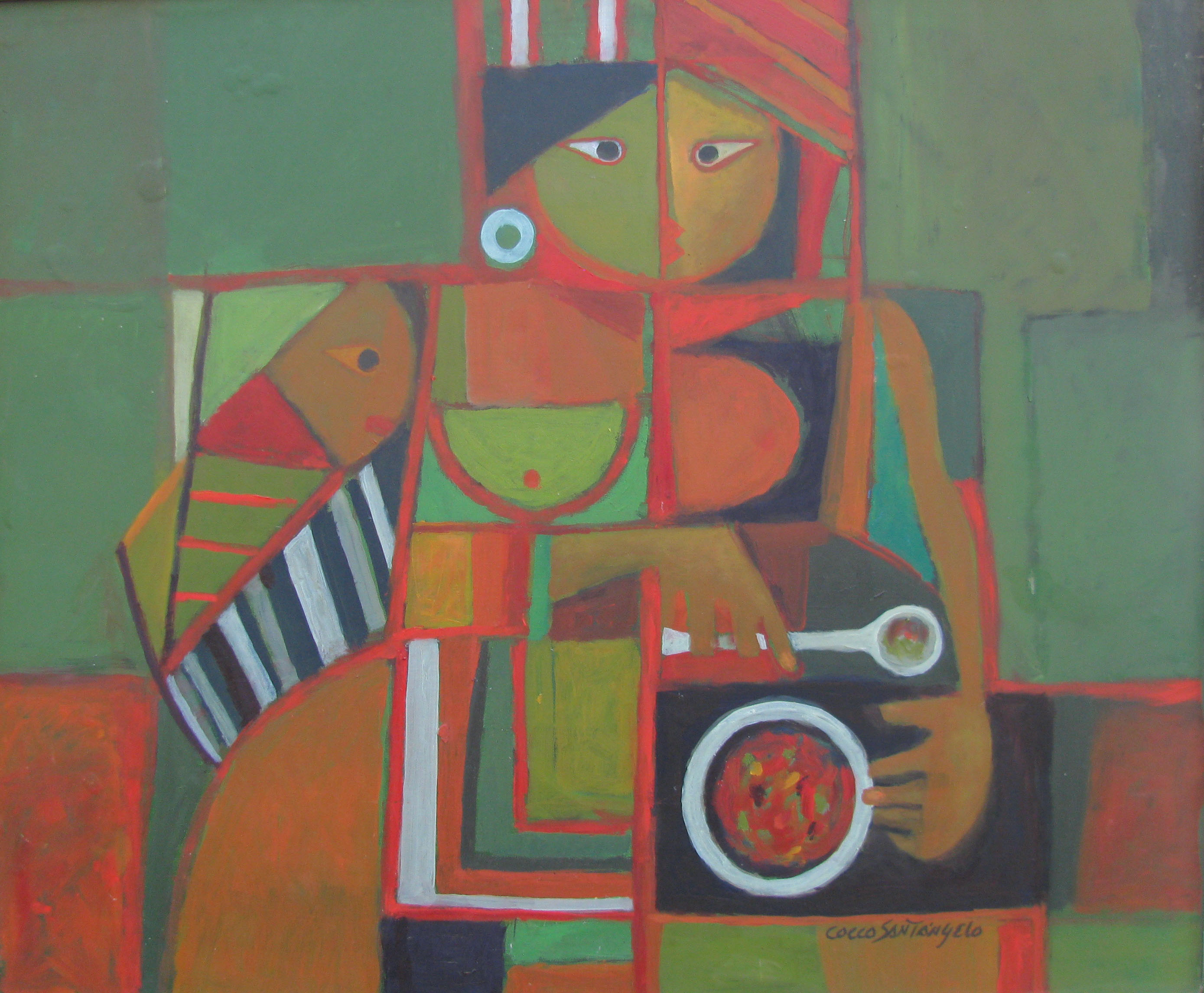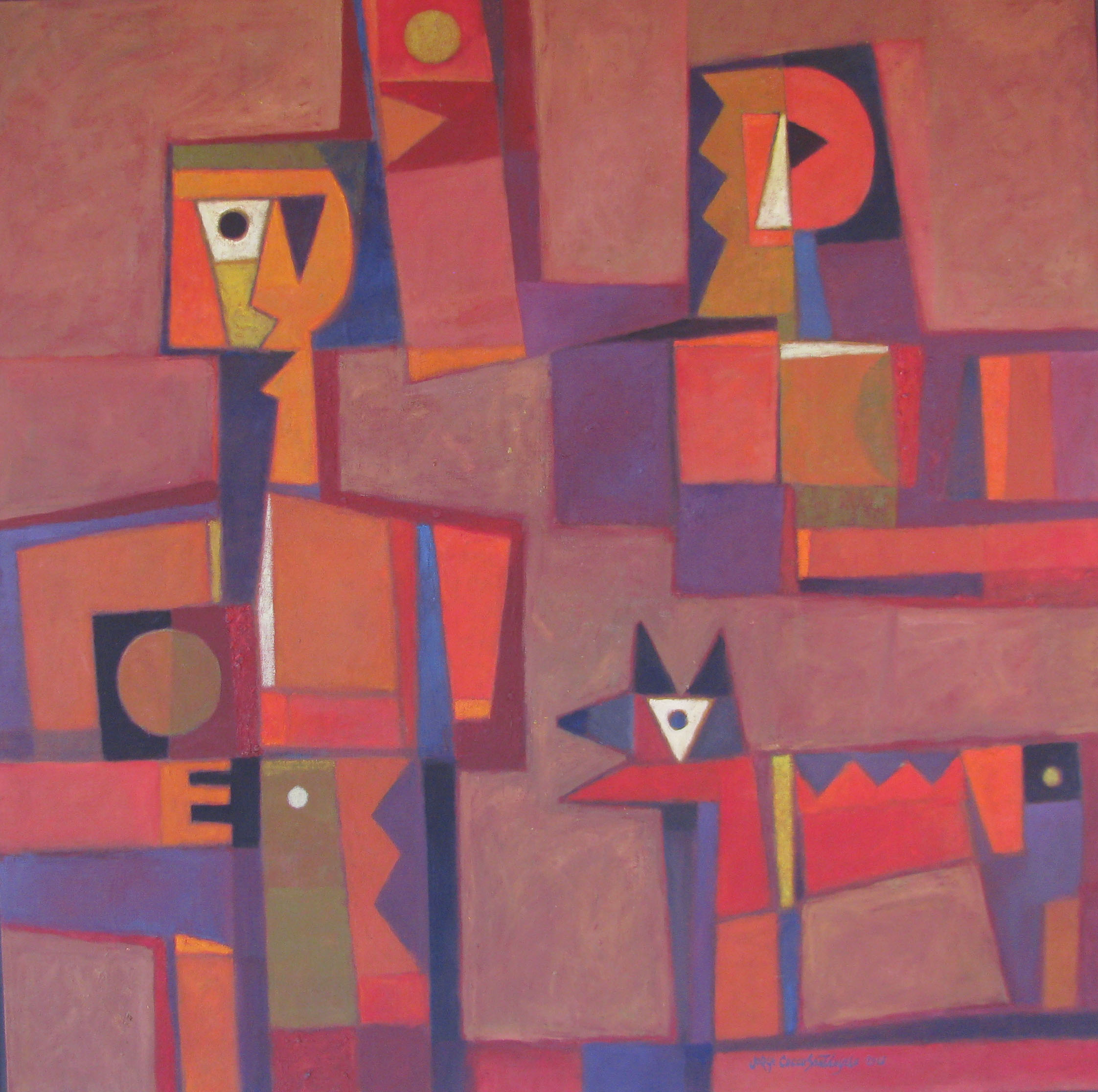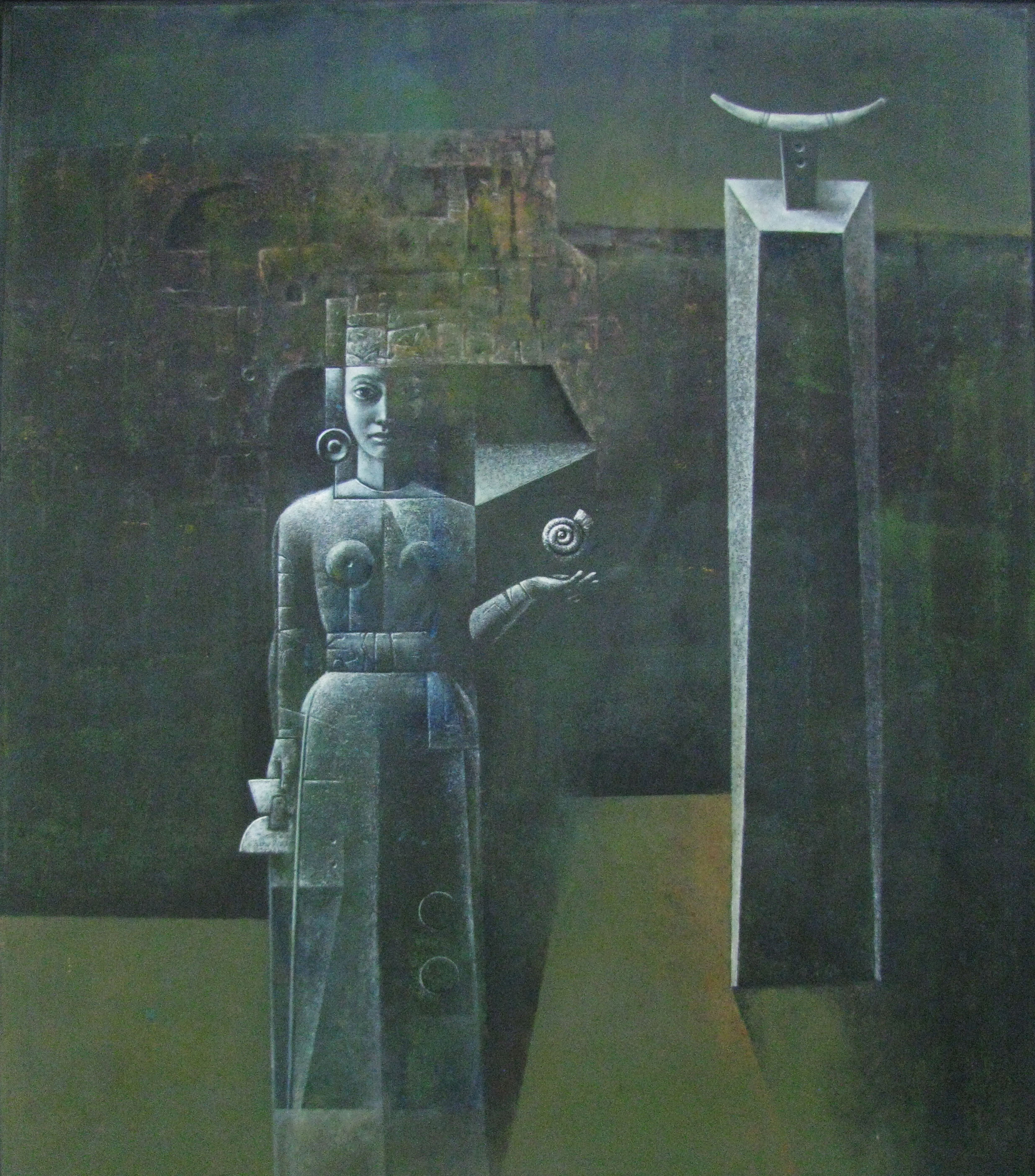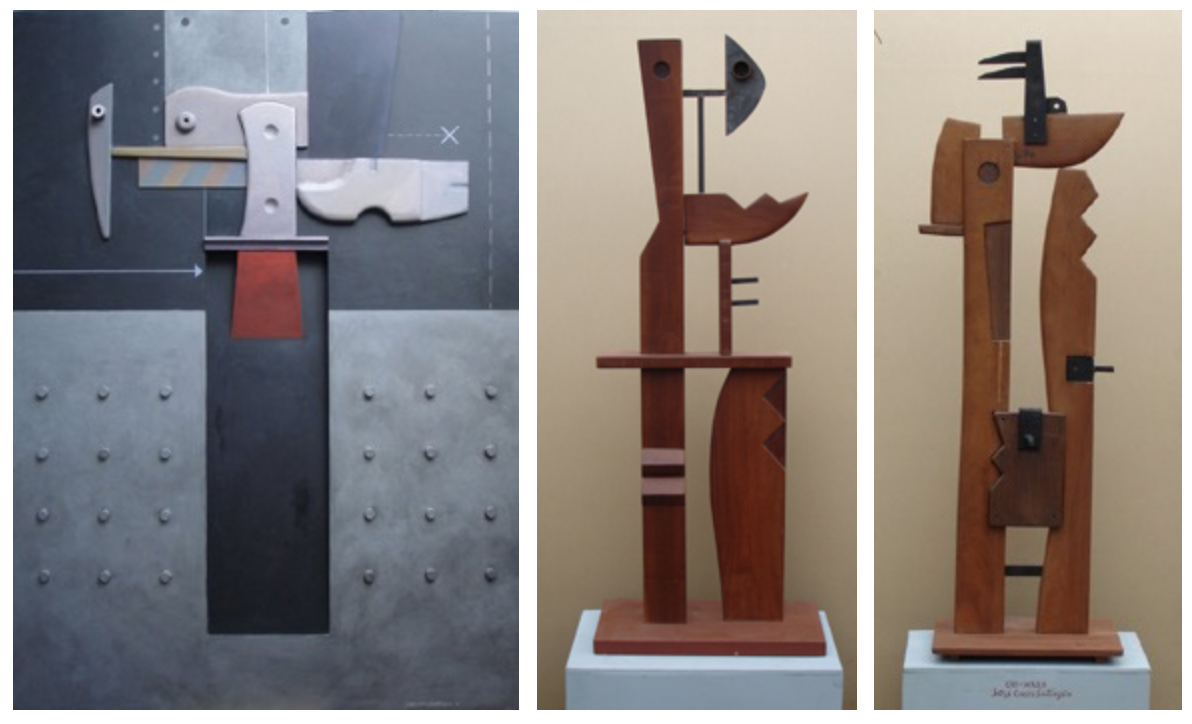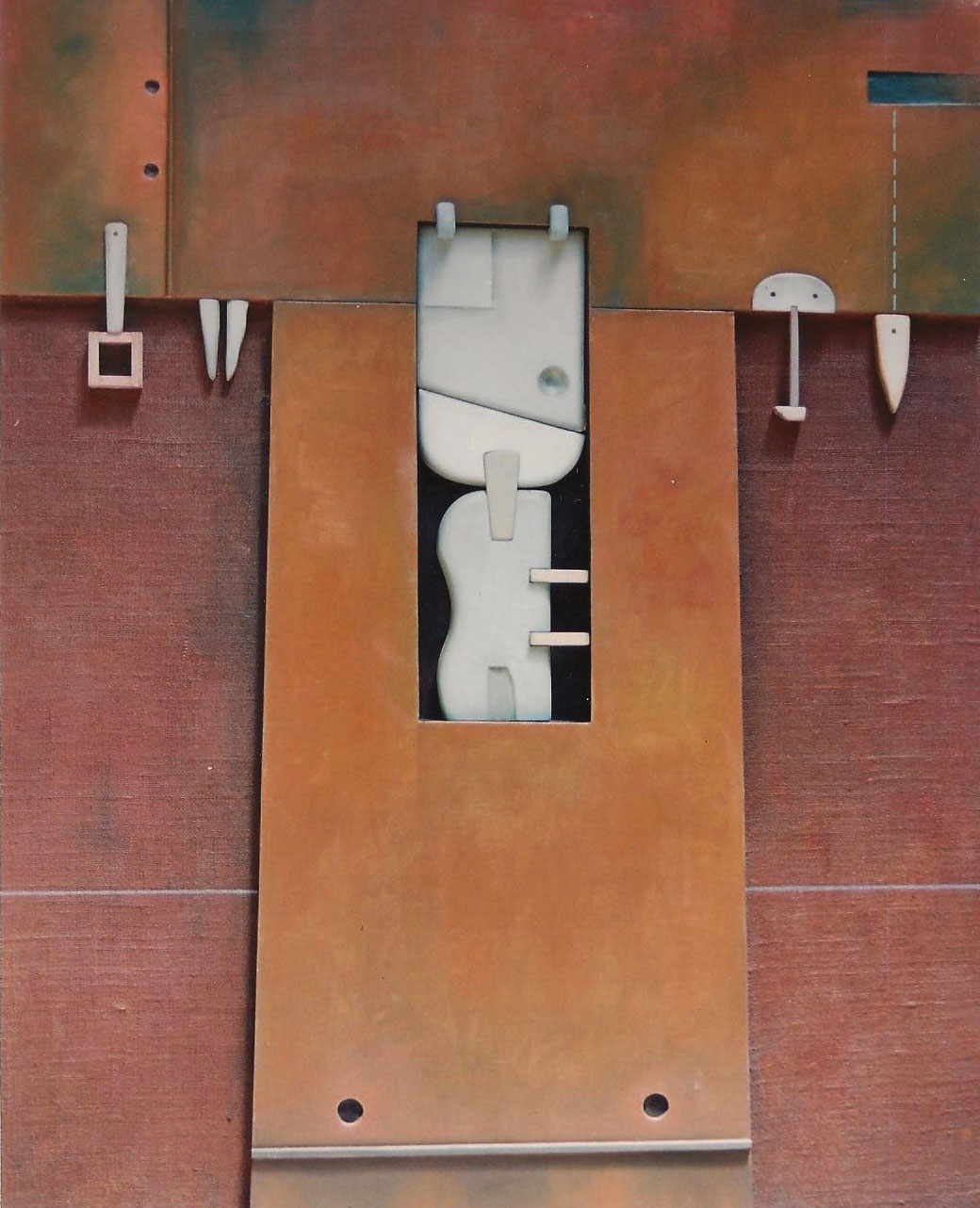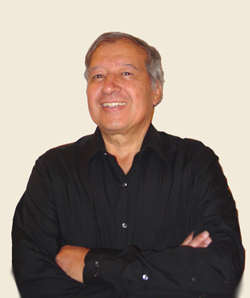Christopher Thornock is an active gallery artist and received a BFA from Art Center College of Design and an MFA from Brigham Young University. He also teaches art as an adjunct professor. Thornock’s illustration work was profiled previously at The Krakens. Thornock lives in Utah.
How does your religion affect your art? My paintings are about looking and transcribing. I feel that the humble nature of our world needs examination and by ‘re-creating’ it as a painting, I am both trying to understand the complexities of its existence, but also mine. God created for us, I am looking at those creations and wanting to have others stop and see the beauty as well. I don’t think this is peculiar to Mormonism. I guess to put it simply, my painting helps me see the beauty in life.
How do you like to work? Music? Working from photos or models? Any unusual tools or techniques that you use? My studio practice is pretty basic. I make it a typical job. Start early, try to eliminate too many distractions and focus. I always have something to listen to. Lots of podcasts, audiobooks and music (usually really loud). Sometimes I work from life, other times from photography. There is a silly debate among ‘realist’ painters about working from life or photography with strong opinions, usually voiced by the working from life crowd. I don’t care one way of the other. Whatever it takes to get me to the end of the painting and that can vary on lots of factors. What is important to me is good drawing.
Recently my technical process starts with a canvas covered panel. I draw out a compositional grid (think golden section or dynamic symmetry) and then transcribe a drawing on it in graphite. After that is finished, I just go straight to color with oil paint. I tend to use a variety of small brushes and most paintings take about two or three passes to complete. I used to eliminate most of my brushwork making a more illusionistic image. I am not as interested in doing that anymore. I am finding a lot of pleasure in breaking the brushwork, using knives, etc. to create a more varied surface.
Visit Christopher Thornock’s website.
